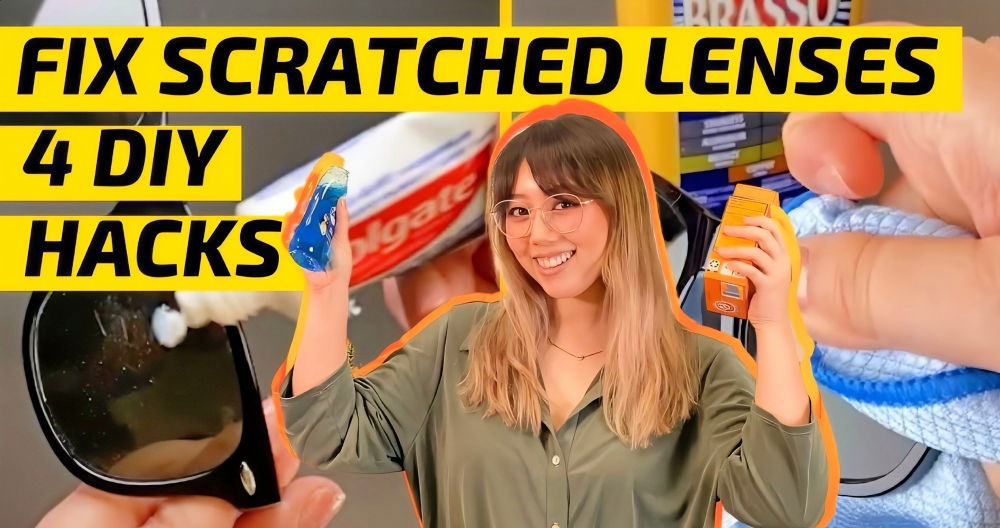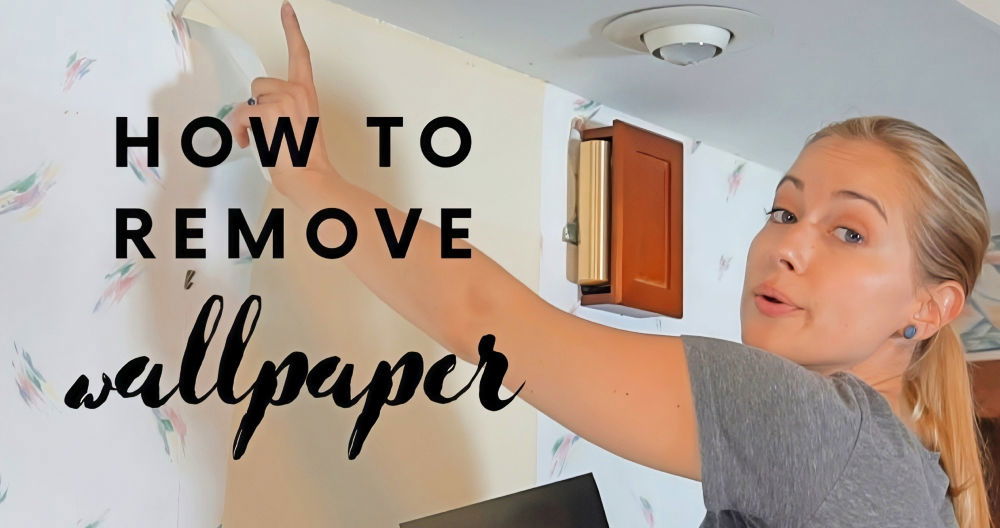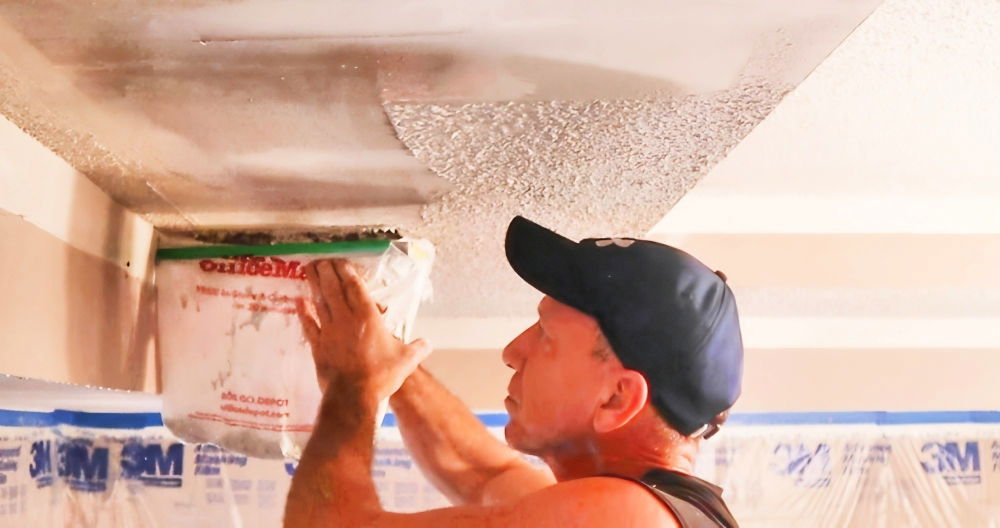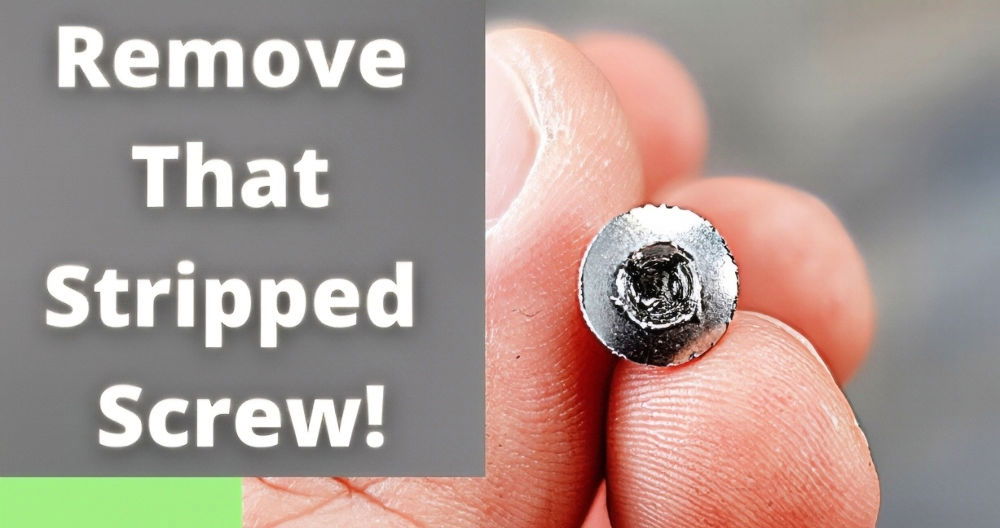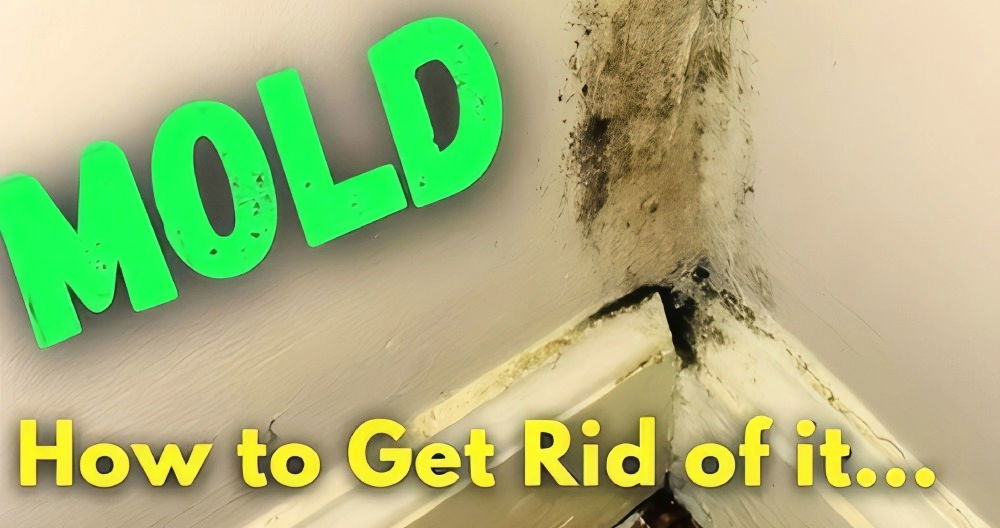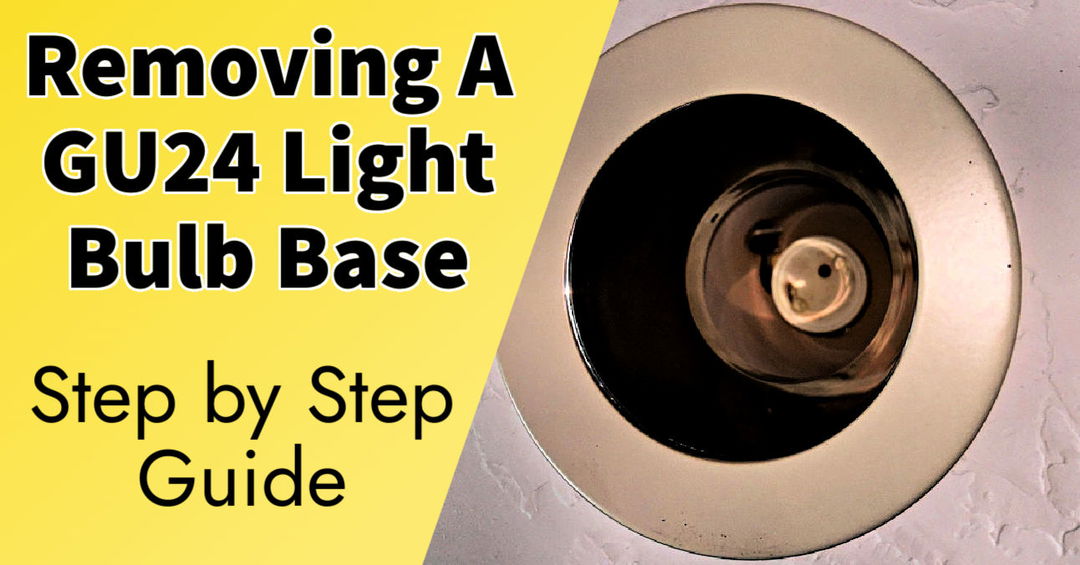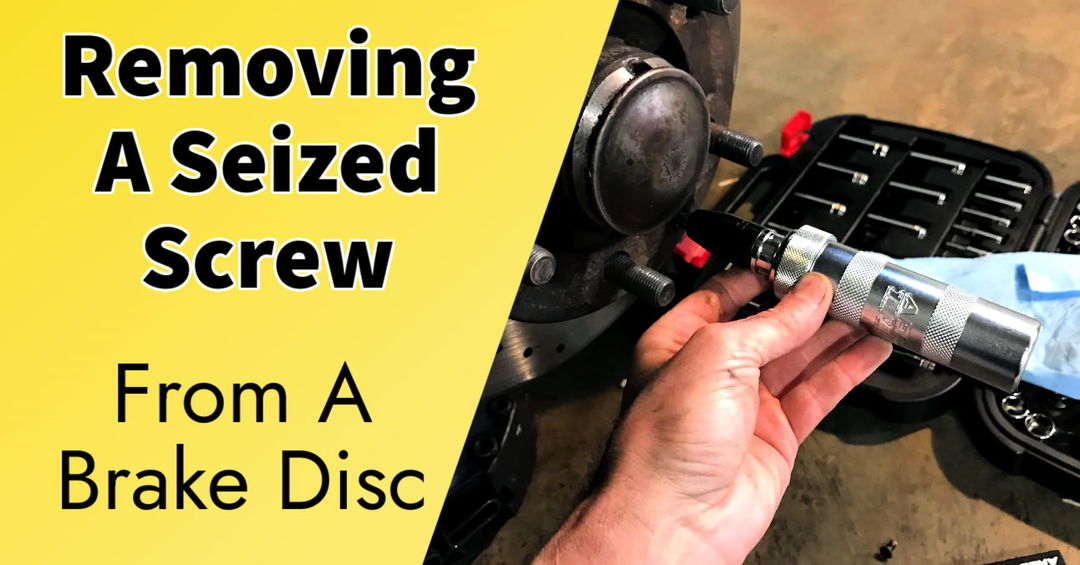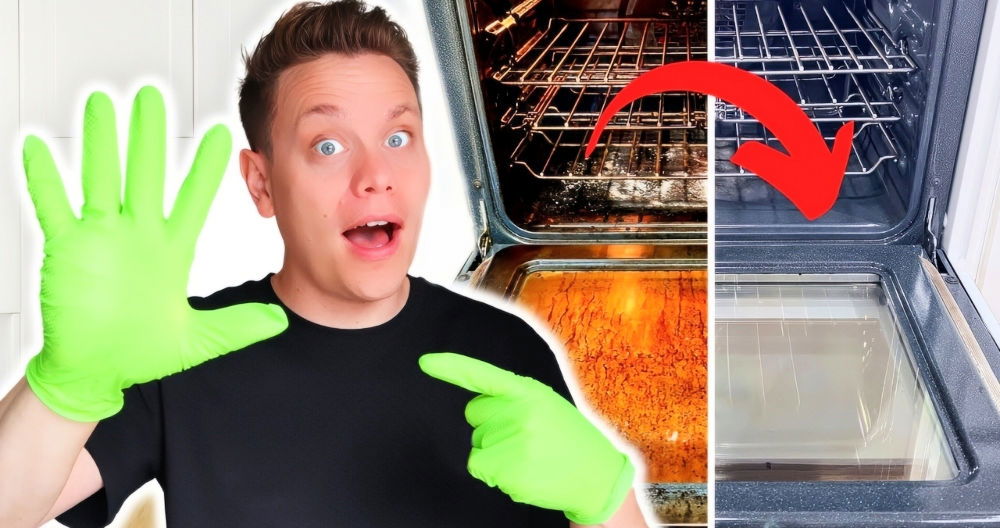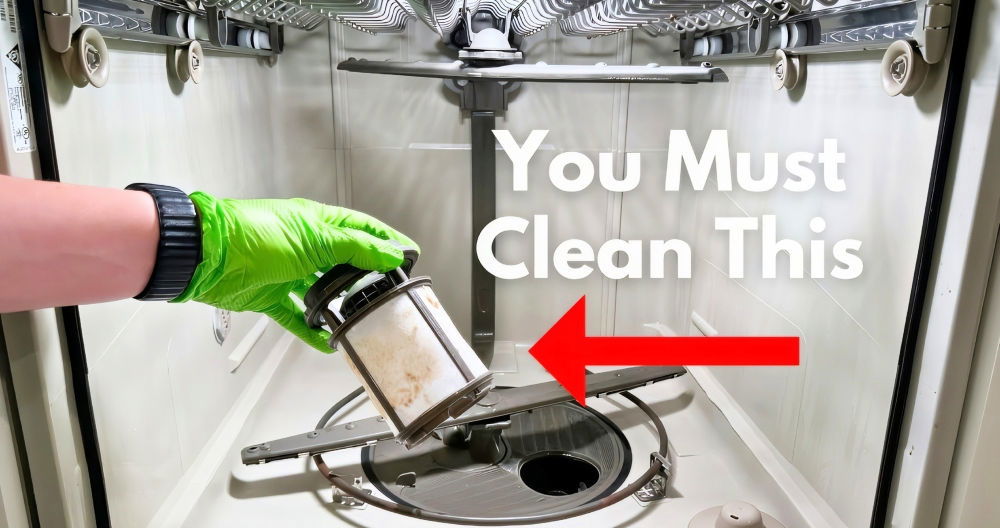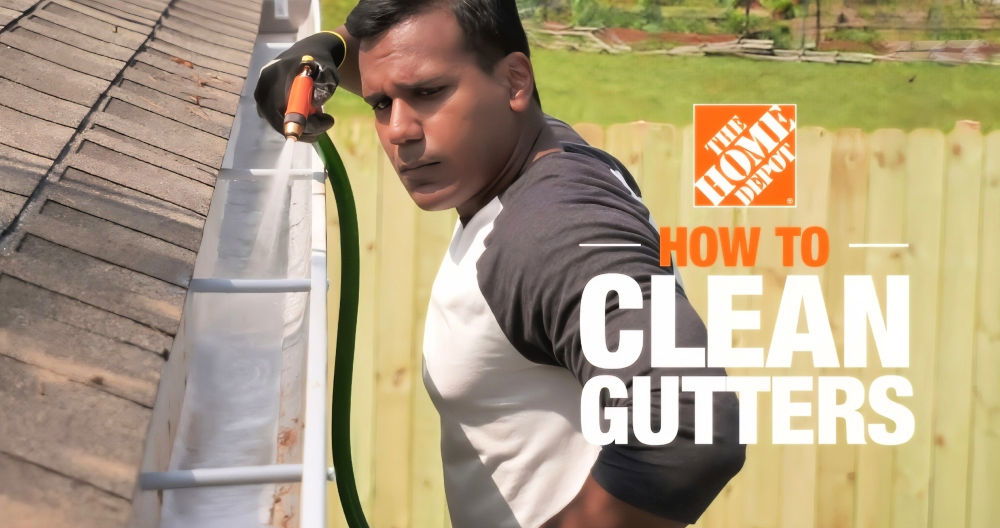Last weekend, I found my grandmother's old cast iron skillet tucked away in the attic. It was covered in rust, but I knew it could be restored. I decided to take on the challenge of bringing it back to life.
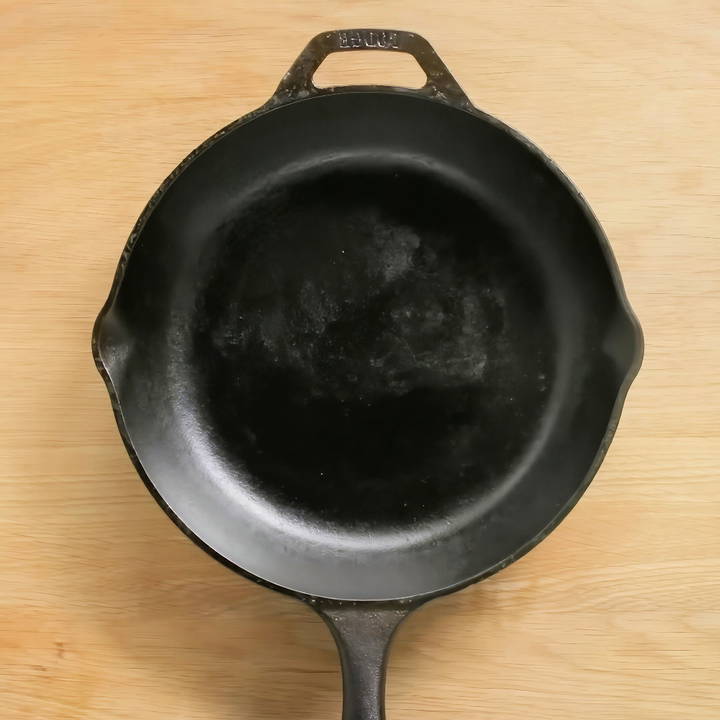
Cleaning a cast iron skillet can seem daunting, but with the right steps, it's quite simple. I've learned how to remove rust and season the pan properly. Now, I'm eager to share these tips with you.
Understanding Cast Iron Material
Cast iron refers to durable iron-carbon alloys with good heat retention, used in cookware like skillets for their even high-temperature maintenance, ideal for searing, frying, and baking.
- Why is Cast Iron Special? Unlike other cookware materials, cast iron is unique because it gets better with age. When properly maintained, it develops a natural non-stick coating called a ‘patina.' This patina is the result of oils and fats polymerizing on the skillet's surface, making a slick layer that's perfect for cooking.
- Caring for Your Cast Iron To keep your cast iron skillet in top shape, it's important to clean it correctly. Avoid using soap, as it can strip away the patina. Instead, scrub your skillet with hot water and a stiff brush. If food is stuck, you can use a paste of coarse salt and water to help lift it off. After washing, dry your skillet thoroughly to prevent rust.
- Seasoning Your Skillet Seasoning is the process of baking oil onto the cast iron to protect and maintain its cooking surface. To season your skillet, coat it lightly with a high-smoke-point oil and bake it upside down in the oven. This process not only prevents rust but also continues to build up the patina, enhancing its non-stick qualities.
- The Longevity of Cast Iron With proper care, a cast iron skillet can last for generations. It's not uncommon for these skillets to be passed down as family heirlooms. Their robustness and ability to withstand high temperatures without damage contribute to their longevity.
Knowing your cast iron skillet's properties and upkeep needs ensures its long-lasting reliability in your kitchen. Regular use and proper care are essential.
Seasoning Science
Seasoning a cast iron skillet is key to maintaining a lasting, non-stick surface. But what is seasoning, and how does it work? Let's simplify.
- What is Seasoning? Seasoning is the process of applying a layer of oil to the surface of your cast iron skillet and heating it until it polymerizes. Polymerization is a fancy word for the transformation of oil into a hard, protective layer that bonds to the surface of the skillet.
- Why Season Your Skillet? The main reason to season your skillet is to protect it from rust and make a non-stick surface. This layer also imparts flavor to your food and improves with each use, making your skillet better over time.
- The Science Behind It When you apply oil to your skillet and heat it, the fats in the oil break down and reorganize themselves into a new structure that is slick and hard. This happens through a chemical reaction where the fatty acids in the oil react with the iron of the skillet at high temperatures, making a durable layer.
- Best Oils for Seasoning Not all oils are maked equal when it comes to seasoning. You want an oil with a high smoke point, which means it can withstand high temperatures without burning. Flaxseed oil, canola oil, and grapeseed oil are popular choices because they polymerize well and make a strong seasoning layer.
- How to Season Your Skillet: To season your skillet, follow these steps:
- Clean your skillet thoroughly and dry it.
- Apply a thin layer of oil all over the skillet, including the outside and handle.
- Place the skillet upside down in a preheated oven at around 450-500°F (232-260°C).
- Bake for an hour, then let it cool in the oven.
- Maintaining the Seasoning Every time you cook with oil or fat, you're potentially adding to the seasoning layer. To maintain it, avoid cooking acidic foods in your skillet, as they can strip the seasoning. After each use, clean your skillet with hot water and a brush, dry it completely, and apply a light coat of oil before storing.
Knowing how to season your cast iron skillet ensures better care and years of benefits. A well-seasoned skillet makes cooking easier and meals tastier.
Why You Should Trust Me
With years of experience cooking with and caring for cast iron skillets, I've experimented with various techniques, learned from numerous mistakes, and refined my process to what I believe provides the best results. My passion for cooking and commitment to preserving the quality of my tools drives me to share these insights with you.
Materials Needed and Why
- Coarse Kosher Salt: Acts as a gentle yet effective abrasive for cleaning the skillet.
- Paper Towels or Clean Cloths: For drying and oiling the skillet.
- Cast Iron Chainmail Scrubber (Optional): Useful for removing rust without damaging the pan's surface.
- Mild Dish Soap: Contrary to popular belief, a little soap won't harm a well-seasoned skillet and is good for deep cleaning.
- Vegetable Oil or Crisco: These are ideal for seasoning the skillet, making a non-stick surface.
Step by Step Instructions
Learn how to clean and season your cast iron skillet with step-by-step instructions on cleaning, oiling, baking, and proper storage techniques.
Step 1: Seasoning Your Cast Iron Skillet
Seasoning a cast iron skillet is crucial for making a non-stick surface and preventing rust. Here's how I do it:
A. Preparing the Skillet
- If dealing with rust, use a cast iron chainmail scrubber or coarse kosher salt with a bit of elbow grease to scrub the skillet clean. Rinse and dry thoroughly.
- For a new skillet or post-cleaning, preheat your oven to 350* °F (177°C).
B. Applying Oil
- Coat the entire skillet with a thin layer of vegetable oil or Crisco, ensuring all surfaces are covered, including the back and handle.
- Wipe off any excess oil with a paper towel to avoid stickiness after baking.
C. Baking the Skillet
- Place the skillet upside down in the preheated oven, placing a sheet of aluminum foil below it to catch any drips.
- Bake for 1 hour before turning off the oven and letting the skillet cool down inside. This process hardens the oil into a protective layer, known as polymerization.
Step 2: Cleaning After Use
Proper cleaning is imperative to maintain your skillet's seasoning and overall health. Here's a routine I follow:
- Right After Cooking: Use a paper towel to remove any leftover food bits while the skillet is still warm.
- Washing: Rinse the skillet under warm water, using a sponge and a bit of mild dish soap if necessary. Remember, a well-seasoned skillet won't be harmed by a little soap.
- Drying: Immediately dry the skillet thoroughly with a clean cloth or paper towel to prevent rust.
Step 3: Storing Your Skillet
Proper storage will protect your skillet from moisture and rust. After cleaning:
- Heat the skillet on the stove for a few minutes to drive off any remaining moisture.
- Once cool, apply a light coat of oil to the cooking surface and buff it in well.
- Store your skillet in a dry place. If stacking with other cookware, place a paper towel inside to protect its surface.
Tips for Lifetime Maintenance
- Avoid soaking: Never leave your cast iron skillet soaking in water, which can lead to rust.
- Regular seasoning: Occasionally reseason your skillet to maintain its non-stick surface and protect it against rust.
- Use with care: Although cast iron is highly durable, avoid drastic temperature changes to prevent cracking.
Historical Cleaning Methods
Cleaning cast iron skillets has evolved, but the goal remains to preserve the skillet's integrity. Let's look at some time-tested historical methods.
- Boiling Water Technique In the past, when soap was scarce and often harsh, boiling water was a common method for cleaning cast iron. After cooking, water would be poured into the hot skillet, brought to a boil, and then scraped to remove food particles. This method is still effective today, especially for removing stubborn residue.
- Salt Scrubbing Before the advent of modern cleaning tools, coarse salt was used as an abrasive to scrub cast iron. This method involves sprinkling salt onto the skillet's surface and using a cloth or a piece of fat to scour away stuck-on food. The salt acts as a gentle abrasive, and this method is still recommended for maintaining the skillet's seasoning.
- Lard and Ash In earlier times, a mixture of lard and wood ash was used to clean and maintain cast iron skillets. The lye in the wood ash combined with the fat maked a natural soap that helped clean the skillet without damaging the seasoning. This method is less common now but highlights the resourcefulness of past generations.
- Using Natural Brushes Natural fiber brushes were often used to clean cast iron. These brushes were durable enough to scrub away food but soft enough not to harm the skillet's seasoned surface. Today, similar brushes made from materials like bamboo are available and provide an eco-friendly cleaning option.
- Oil Polishing After cleaning, historical practices included coating the skillet with a thin layer of oil and heating it to protect the surface. This method is the precursor to modern seasoning techniques and is essential for making a non-stick surface and preventing rust.
- Avoidance of Soap Traditionally, soap was rarely used on cast iron because it could strip the seasoning. This belief persists, although modern mild soaps can be used sparingly without harming the skillet. However, many still prefer to avoid soap to maintain the skillet's flavor and seasoning.
Using these historical cleaning methods, you can maintain your cast iron skillet, honoring tradition and ensuring its longevity.
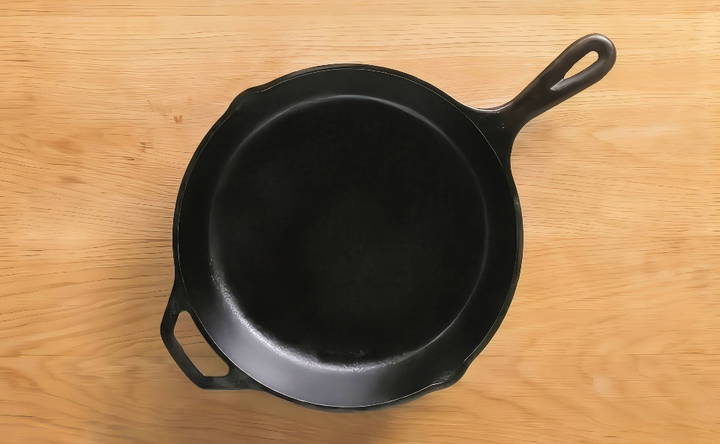
Advanced Maintenance Techniques
Maintaining a cast iron skillet requires more than cleaning; advanced techniques are needed. Here are expert tips to keep it in top shape.
- Dealing with Rust If you spot rust, don't panic. It's often just on the surface and can be fixed. Use a mixture of baking soda and water to make a paste, then scrub the rusted area with a non-metal brush. After scrubbing, rinse and dry the skillet thoroughly, then re-season it to restore the protective coating.
- Re-Seasoning Process Re-seasoning is like hitting the reset button on your skillet. Start by cleaning it with hot soapy water and a stiff brush to remove any old seasoning. Dry it completely, then apply a thin layer of cooking oil. Bake the skillet in the oven at 450°F for an hour. This will rebuild the seasoning and make your skillet non-stick again.
- Professional Restoration For severely damaged skillets, professional restoration might be necessary. This usually involves stripping the skillet down to the bare iron and starting the seasoning process from scratch. It's a way to bring old, neglected skillets back to life.
- Storing Your Skillet Proper storage is key to preventing damage. Store your skillet in a dry place and, if possible, hang it. If you must stack it with other cookware, place a paper towel inside to absorb any moisture and prevent scratches.
- Avoiding Soap and Water While a bit of soap won't harm a well-seasoned skillet, it's best to minimize its use. Instead, wipe your skillet clean with a paper towel after each use. If you need to use water, make sure to dry the skillet completely afterward to prevent rust.
- Using the Right Utensils: Use wooden, silicone, or plastic utensils instead of metal to avoid scratching the seasoning on your skillet. This will help maintain the non-stick surface.
Follow these advanced maintenance tips to keep your cast iron skillet in top shape. A bit of extra care ensures its quality and functionality for years.
Troubleshooting Common Issues
Cast iron skillets are durable but can have issues. Here's how to troubleshoot common problems and keep your skillet in top condition.
- Sticky Residue If your skillet has a sticky coating, it's likely due to excess oil that hasn't fully polymerized. To fix this, scrub the skillet with a non-abrasive pad and hot water. Then, dry it thoroughly and re-season it, making sure to use only a thin layer of oil and heat it until it's smoking to ensure proper polymerization.
- Uneven Seasoning Uneven patches on your skillet can occur if the oil is applied unevenly or if it's been heated inconsistently. To correct this, clean the skillet and apply a fresh, thin layer of oil. Bake it in the oven at a high temperature until the oil starts to smoke, ensuring even heat distribution.
- Food Sticking If food sticks to your skillet, it might need more seasoning. After cleaning, apply a thin layer of oil and bake the skillet upside down in the oven. Repeat this process a few times to build up a strong non-stick surface.
- Rust Formation Rust can form if the skillet is left wet. To remove rust, use a mixture of baking soda and water to scrub the affected area gently. Rinse, dry thoroughly, and immediately re-season the skillet to prevent further rusting.
- Flaking Seasoning Flaking can happen when the seasoning layer becomes too thick or is damaged. Scrub off the flaking areas with a brush, rinse, dry, and re-season the skillet.
- Metallic Taste A metallic taste can be imparted to food if the skillet is new or has been stripped of seasoning. To alleviate this, use the skillet frequently and continue to season it after each use.
- Discoloration Discoloration is normal and can be a sign of a well-used skillet. However, if you prefer a uniform look, you can scrub the skillet with a paste made from equal parts vinegar and water, then rinse and dry it thoroughly.
Fixing common issues with simple solutions will keep your cast iron skillet reliable and cherished.
FAQs About How to Clean a Cast Iron Skillet
Discover answers to FAQs about how to clean a cast iron skillet, ensuring longevity and peak performance for your favorite kitchen essentials.
Begin by wiping your skillet with a paper towel to remove any loose bits of food. If there are residues, rinse the skillet with warm water. Using a non-abrasive sponge or brush, gently scrub the skillet. If needed, you can use a small amount of dish soap.
Yes, you can use a mild detergent. However, it’s not usually necessary unless you’re dealing with a particularly stubborn mess. Just make sure to rinse it well and dry it thoroughly after.
If food is stuck on, sprinkle some coarse salt into the skillet and use a sponge to scrub it. The salt acts as an abrasive to help lift the food without damaging the seasoning. Rinse away the salt with warm water after scrubbing.
After cleaning, dry your skillet immediately with a clean towel. Then, place it on a stove over low heat for a few minutes to evaporate any remaining moisture. This helps prevent rust and maintains the skillet's seasoning.
Not necessarily. Season your skillet when you notice food starting to stick or after cleaning off rust. To season, apply a thin layer of cooking oil and heat it in the oven at 350°F for one hour. This process helps maintain the non-stick surface.
Final Thoughts
Restoring my grandmother's cast iron skillet brought me joy and a sense of accomplishment. If I manage to renew it, I'm sure you can do the same with yours. Don't let rust discourage you; with simple steps, you can have a reliable pan again. Give it a try, and you'll have a piece of cookware that tells a story.



